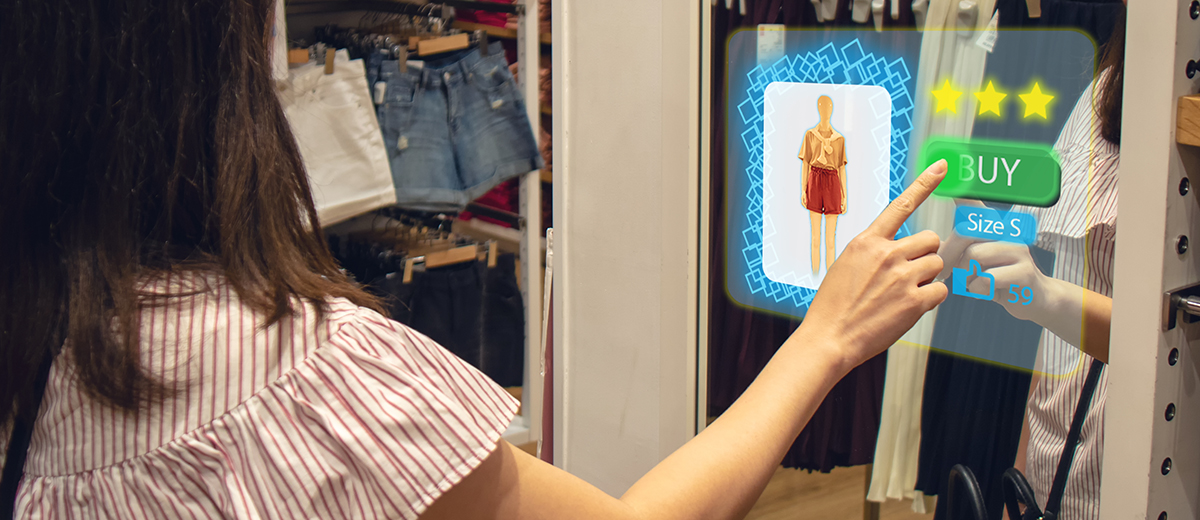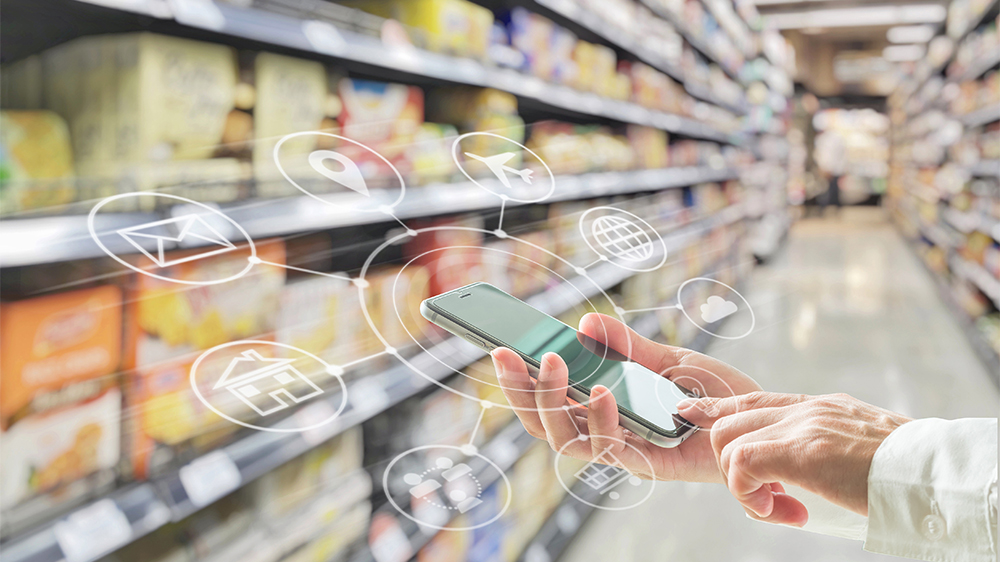The Top Three Innovations Companies Are Investing in to Produce Stronger Omnichannel Results?
Carpe Diem Managing Partners Chris Browning and Jeff DeFazio, spoke with 61 Digital Marketing Leaders about the innovations they are investing in to maintain a competitive omnichannel strategy. The conversations comprised of digital executives from retailers with $5B or greater in revenue with stores located in the United States.
Major findings included improvements in the expanded use of IoT technologies on mobile applications to leverage in-store customer experiences, in-store inventory for DTC fulfillment, sending products directly to customers from suppliers, and expanding loyalty programs through increased personalization.

Technology Investments to Personalize the Customer Experience
Through the expansion of IoT technologies, mobile apps are moving from just “push” applications to “pull” applications enabling the collection of more personalized information. For example, some companies are collecting data (with consumer consent) on a consumer’s body for predictive recommendations in the fashion industry from clothes to cosmetics. In addition, companies are using AI and machine learning to improve data insights and predictive decision-making. One company reported 5 million downloads after investing in a native app to show store inventory. Many companies focused on the functionality of applications and implemented advancements for loyalty programs and booking services. Companies wanting to utilize food delivery teamed up with third parties specific to that service. Others indicated the use of UX and UI to collect insights and then use that information to edit the platform accordingly. Most of the executives we spoke to were all investing heavily in AI. Another company reported naming their AI technology and integrating “her” into a chatbot used with social media. Another retailer used a “big tech overhaul to automate the visibility to orders” in conjunction with a Salesforce Cloud CRM implementation.
Many companies mentioned implementing these technology advancements to increase the personalization of the customer experience with this question posed – “How do you predict customers’ next best actions and the best channel to reach them?” One executive credited driving customer profiles to a Customer Data Platform (CDP), which would ID first-party customers, while another explained that the starting point for them was focusing on the fundamentals, such as the content management system and best practices. After cementing that, they mentioned using a first-party data market to “measure what happens online [and compare it] to what happens in the store. Then, taking that information and expanding consumer purchase to multiple products.”
Several digital leaders noted the use of digital screens and digital menu boards to enhance the experience at the point of purchase, as well as the optimization of email using AI technology to personalize content. Several companies are enhancing their loyalty programs to “make that connection in an omnichannel way – making sure it is an elegant customer journey.” One company noticed that people who use the store app spend more money than people who just walk in. To drive loyalty with walk-ins, the company has implemented a new version of points and how to leverage those points. For another company, this meant adding a store-branded credit card and alternative electronic payment methods to add versatility for the customer buying experience. To provide even more personalization, one company added “a loyalty program called “Just for you”, which personalized product offerings generating 500M personalized recommendations every week.” For example, one innovation allowed for personalization by using data predictive information, such as using the term “fit and flatter – does [the] apparel fit your body? [They did this] with computer vision and customer profiling. The customer was able to personalize their shopping experience through this technology addition.
Another company focused more on the functionality of the systems used for processing transactions. To make the experience easier, they teamed up API with third parties, OCR, and image capture to help with identity services, check scanning, passwords, etc. Augmented reality was also noted as being helpful for customers and associates at the store level. The “Magic Mirror” was referenced a few times.

Investments in Accessibility, Efficiency, and Functionality of Inventory
The vast majority of candidates spoke about the intense focus on knowing where a product sits in the omnichannel, moving it quickly to where the customer wants it and allowing the customer to receive it in the most convenient location (store, home, third-party location). This includes leveraging in-store inventory for DTC fulfillment or sending products directly to customers from suppliers.
Some ways companies made inventory more accessible included buying online and picking up in-store to reduce logistic costs, same-day delivery capabilities, and ship-from-store capabilities. Many increased product assortment for online customers and removed the friction from buying online and picking up in-store, while others made optimizations in shipping and expanded the locations available for product pickup. Making improvements to order management improved product fulfillment. Some of these advancements also included “endless aisle – the ability to get the product in a seamless transaction by swiping the card once to complete the transaction” and using backend security to ensure a complete and safe transaction. Another leader said, “simplifying purchase funnel and redesigning the entire check-out flow” proved to be successful, while another began using a geomagnetic app that tracks (with consent) where the customer is in the store to help direct customers to a specific area/product. Other innovations included “shop my store,” which enabled customers an accurate view of what inventory was available in store, as well as where and how to receive the product. Another retailer implemented an Estimated Delivery Date (EDD) for in-store and at home., a retailer also noted using “microservices’ ability to break websites into component parts and refine them to make them more profitable and using propriety logistics on product delivery to ensure both the fastest and most profitable delivery to customers

Investments in Marketing and Advertising Enhancements
A few companies mentioned improvements in marketing and advertising to attract more customers. This included moving to digital marketing – converting from print to digital, working with the marketing team to use emails to get customers in the selling funnel, re-platforming the website, digitization of TV ads, and the ability to purchase digitally. One Chief Digital Officer mentioned personalizing marketing to reach new customers, while another decided to “host live events by utilizing different social media to reach customers and create stickiness.” Additionally, a large retailer said they were “integrating store-level sales into marketing programs and localizing marketing product geo base applications for a geo push.”

Conclusions
With greater investments in technology systems, customer personalization, efficient, visible, and reliable product inventory systems, and shifting marketing budgets from convention to more digital marketing, these companies have been able to produce stronger omnichannel results.


Jeff DeFazio

Chris Browning
These market insights from Carpe Diem Global Partners are gathered from the firm’s extensive client work leading Board, CEO, CXO, and CHRO executive search engagements for public and private multinational companies. For deeper, custom insights, contact Jeff DeFazio at Jdefazio@carpediempartners.com or Chris Browning at cbrowning@carpediempartners.com.

